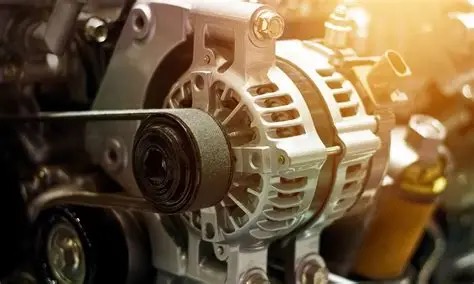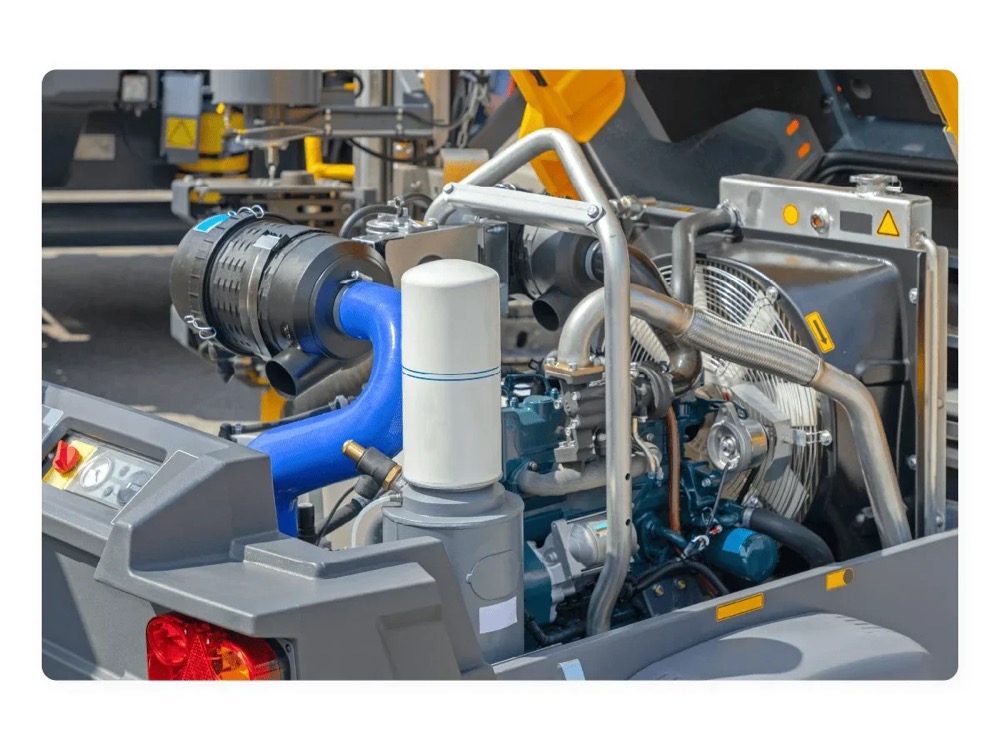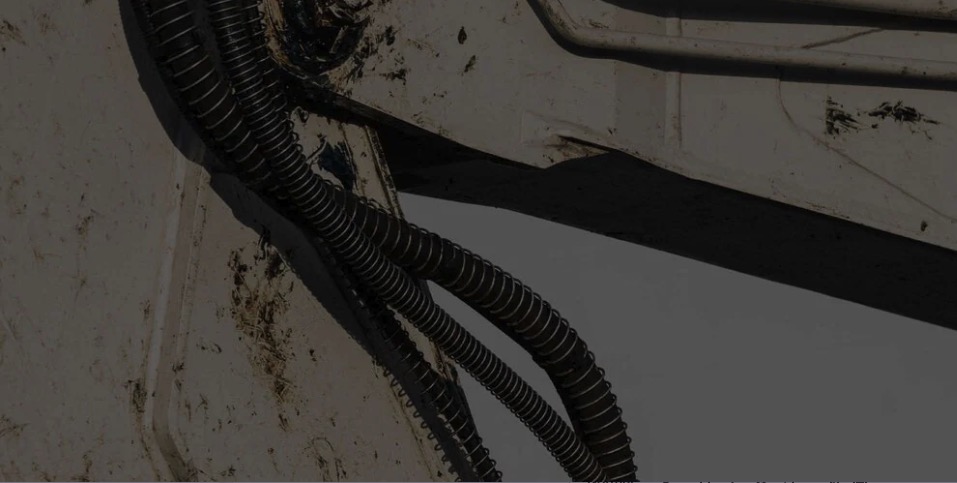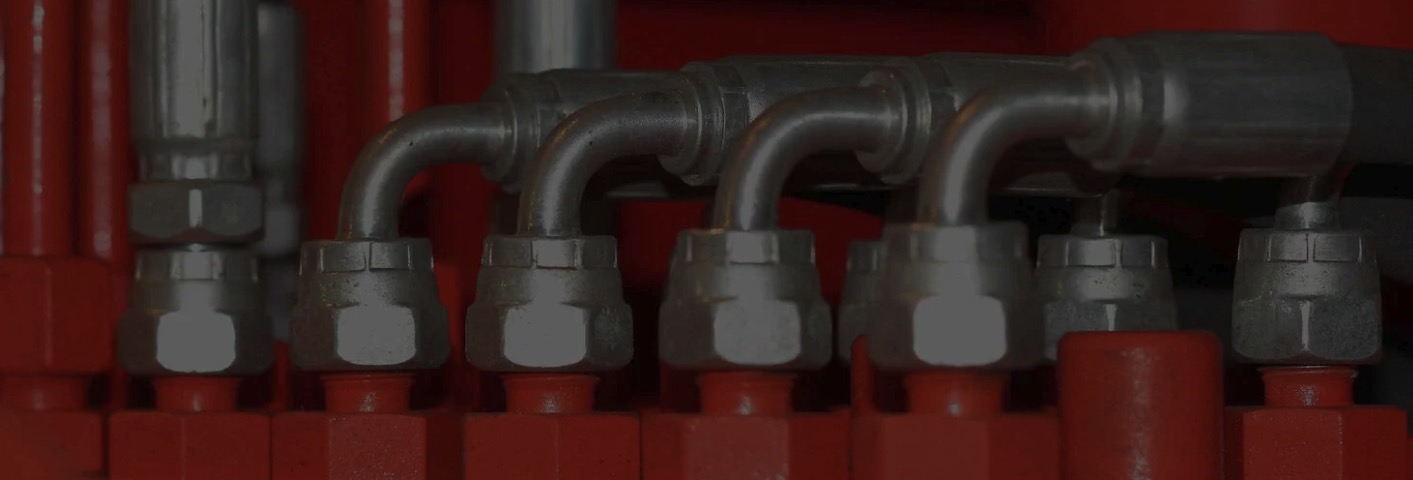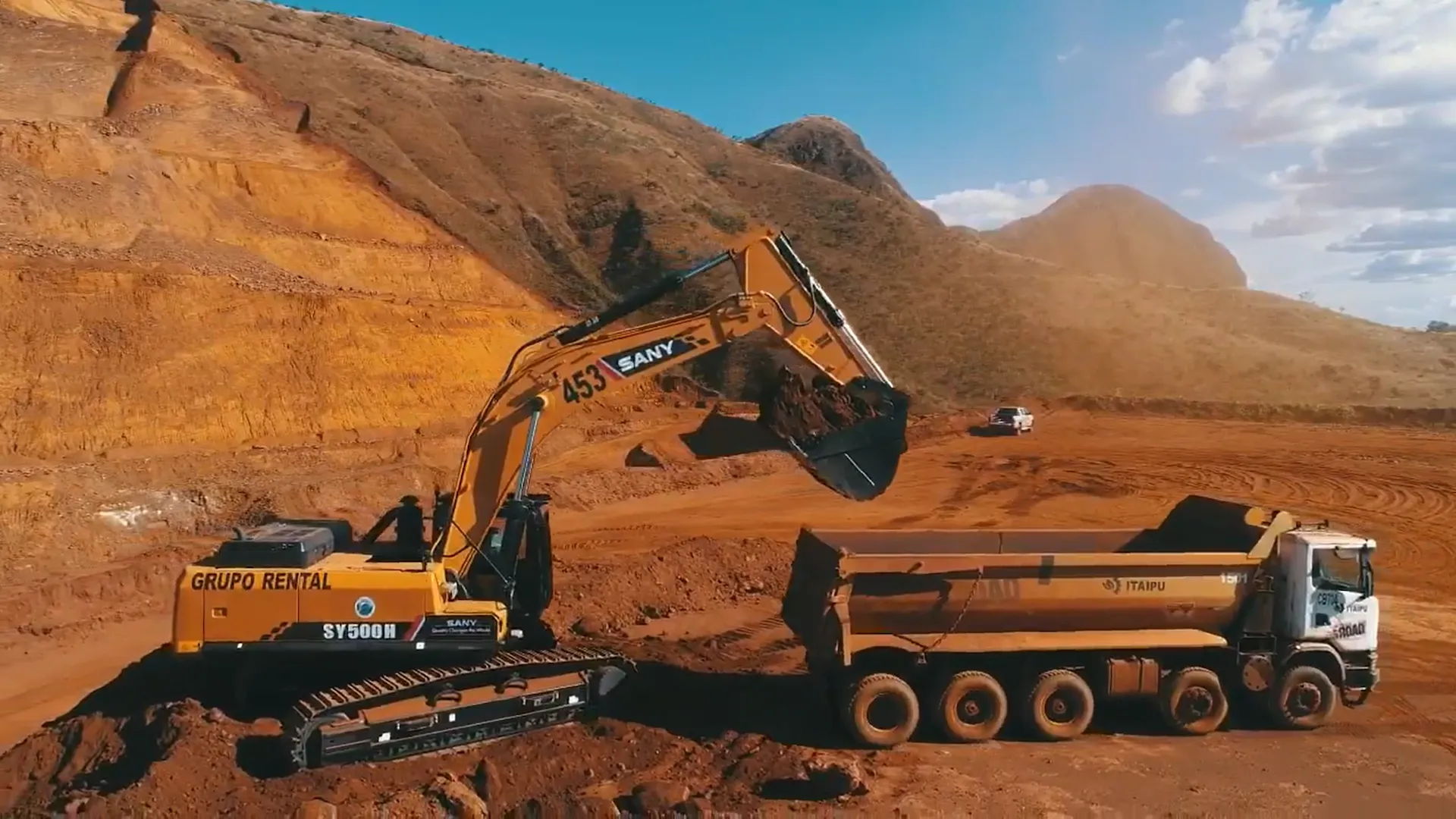
Summary:
Off-highway vehicles (OHVs) like excavators, backhoe loaders, and poclain machines are vital for construction, mining, and road projects in India. These rugged excavation machines—such as JCB excavators, Tata Hitachi, SANY, and CAT—offer high efficiency on uneven terrain. With rising demand, knowing excavator price in India, poclain machine price, and after-sales service is crucial.
Introduction
India is undergoing a transformation period, and off-highway vehicles play a key role in this transformation. Let us know how. These heavy machines are equipped with advanced technology that enables them to work in rugged and uneven terrain. These machines are made to perform in off-road conditions, making them the most demanding in the construction, road maintenance, agriculture, and mining industries. In this blog, we will get to know more about off-highway vehicles, their types, their uses, and the prospects of these incredible machines.
What is an Off-Highway Vehicle (OHV)?
Let us first know what an off-highway vehicle is. These are vehicles that are designed for off-road use. We generally see personal and commercial vehicles run on paved roads, but OHVs are engineered to perform in diverse terrain. OHVs are designed with high ground clearance, heavy-duty tires, modern suspension systems, and powerful engines so they can perform in uneven terrains, muddy grounds, rocky landscapes, or fields. OHVs are compatible in environments where conventional ones cannot operate due to their versatility and ability to increase productivity.
Types of OHVs in Key Industries
Let us know which types of OHVs are used in different sectors.
1. Construction Equipment: In the construction industry, OHVs are used in earthmoving, transporting of materials, and site preparation.
- Excavators: Excavators are used for digging, trenching, and material handling since they are equipped with hydraulic arms. They can also perform in tight spaces and challenging terrains.
- Bulldozers: They have blades and tracks that enable them to push large amounts of soil, rubble, and debris.
- Wheel Loaders: These machines are used for scooping and transporting heavy materials like sand, gravel, and debris.
- Dump Trucks: Dump trucks are used to move heavy loads in and around construction sites in rough conditions.
- Cranes: These machines are used to lift materials vertically and horizontally from inaccessible places. Cranes are used in large construction projects.
- Backhoe loaders: This machine is a combination of a loader and excavator. It is used for digging, trenching, and lifting heavy materials.
2. Mining Equipment: In the mining industry, OHVs are used for excavation, material transportation, and site preparation.
- Dump Trucks: Dump trucks are used to transport large quantities of materials such as soil, sand, gravel, and construction debris from one place to another. They have a hydraulically operated bed, which helps to unload materials quickly.
- Underground Loaders: These are used for material removals in narrow underground tunnels.
- Hydraulic Excavators: These are used for loading and removal of minerals from mining sites
- Cranes: Cranes are used to lift materials during installation or machinery maintenance.
3. Road Machinery: These OHVs are used in the construction of roads, ensuring smooth roads and pavements.
- Motor Graders: These are used to level roads and create a smooth base for road construction.
- Asphalt Paver: These are used to lay asphalt on the road and ensure a smooth surface.
- Road Rollers: Rollers are used to compact the road after asphalt, soil, or other materials.
- Backhoe Loaders: Used for digging ditches, backfilling, and other road maintenance work.
4. Agricultural Equipment: In these sectors, IHVs are used in farming operations like plowing and harvesting crops.
- Tractors: These machines are used in plowing, tilling, planting, and hauling equipment or goods.
- Backhoe Loaders: These versatile machines are used in digging channels, moving soil, or loading materials.
Features of OHVs
We will discuss what qualities of OHVs make them super machines for these industries.
- High Ground Clearance: These machines have relatively high ground clearance compared to conventional vehicles to prevent blockage in uneven terrain.
- Robust Tires: Equipped with robust tires that provide maximum traction, stability, and durability on different surfaces like mud, rocks, or sand.
- Powerful Engines: They are equipped with powerful engines to take heavy loads and perform in extreme conditions.
- Advanced Suspension System: The suspension system provides stability and comfort in all terrain.
- Safety Enhancement: The operator’s area in covered and equipped with an advanced braking system and also has roll-over protection systems (ROPS).
- Customization Options: These vehicles come with a variety of attachments according to need.
Advantages of Using OHVs
- Versatility: OHVs can perform multiple jobs across multiple industries as they can be equipped with different attachments.
- Efficiency: These vehicles can perform heavy work easily compared to other conventional vehicles.
- Durability: Due to their build quality and design for heavy-duty work, these machines are durable and reliable.
- Accessibility: These vehicles can easily access any terrain, making them essential for remote or rugged work sites.
- Cost-Effectiveness: Off-highway vehicles save money in the long term by increasing efficiency, reducing labor requirements, and minimizing delays.
Challenges and Maintenance Tips for OHVs
Although OHVs offer diverse advantages, they can incur huge repair costs if not properly maintained. As these are among the heavy machines, they do heavy-duty work that has high fuel consumption and environmental impact. To maintain OHVs, here are some tips:
- Regular inspections: Regular inspections should be done to check for wear and tear on tires, brakes, and hydraulic systems.
- Engine maintenance: The engine should be properly oiled and cleaned at regular intervals.
- Lubrication: Lubricants must be used of recommended quality. Inferior-quality lubricants can reduce the lifespan of the vehicle.
- Tire Care: Maintaining proper tire pressure enhances the performance of the vehicle and increases the lifespan of the tire.
- Operator Training: Trained operators must be employed to avoid accidents and operate the OHVs safely and efficiently.
Future of OHVs: Trends and Innovations
As the construction industry is booming, OHV is also evolving in technology and advancements. Some modern advancements include:
- Electrification: Off-highway vehicles are now available as electric vehicles. The introduction of electricity in OHVs has increased efficiency and reduced emissions.
- Autonomous Vehicles: Off-highway vehicles nowadays are self-driven. This introduction has reduced the risk of accidents and increased efficiency.
- Smart Technology: Modern technologies have been introduced in off-highway vehicles. GPS-enabled vehicles have been introduced to track the vehicles. IoT and telematics have also been integrated into vehicles.
- Hybrid Models: Modern vehicles are combined with electricity and conventional engines. It improves fuel efficiency and reduces emissions.
- Sustainable Materials: The use of sustainable materials in building vehicles is helping to reduce the environmental impact.
Conclusion
Off-highway vehicles are the forerunners of the construction and mining industries. Their introduction has made construction work much easier. Integration of advanced technology has increased performance, automation, efficiency, and precision, and reduced environmental impact.


